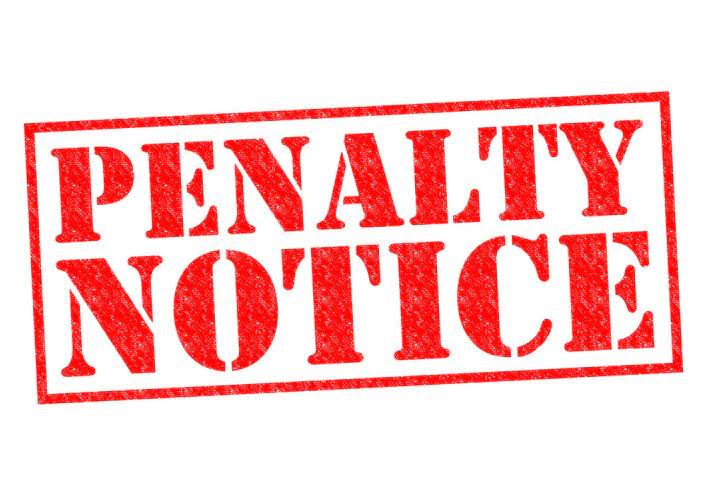Payback method formula, example, explanation, advantages, disadvantages

The non-discounted payback period determines the time needed to recover an initial investment without accounting for the time value of money. This simpler method is often used for short-term investments but may overlook financial nuances in longer-term trial balance projects. This sum tells you how much cash you’ve generated up until that point in time.
Payback Period and Capital Budgeting
- The payback period is the time it takes for an investment to generate enough cash flow to recover its initial cost.
- It provides a clearer picture of the investment’s performance over time, especially for projects with fluctuating returns.
- The analyst assumes the same monthly amount of cash flow in Year 5, which means that he can estimate final payback as being just short of 4.5 years.
- Understanding the way that companies calculate their payback period is also helpful to determine their financial viability and whether it makes sense for you to invest in them as part of your portfolio.
- This simple formula provides a straightforward way to assess how long it will take for the investment to break even, allowing investors to make informed decisions.
Now that you have all the information, it’s time to set up your Excel spreadsheet. In the first row, create headers for the different pieces of information you are going to use in your calculation. These headers should include Initial Investment, Cash Inflow, Cumulative Cash Flow, and Payback Period. But since the payback period metric rarely comes out to be a precise, whole number, the more practical formula is as follows.
Understanding the Payback Period

The payback period disregards the time value of money and is determined by counting the number of years Airbnb Accounting and Bookkeeping it takes to recover the funds invested. For example, if it takes five years to recover the cost of an investment, the payback period is five years. Inflows are any items that go into the investment, such as deposits, dividends, or earnings. Cash outflows include any fees or charges that are subtracted from the balance. The payback period is the amount of time it takes to recover the cost of an investment.
Payback method Payback period formula
- Understanding the payback period is essential for making informed investment decisions.
- This is a particularly good rule to follow when a company is deciding between one or more projects or investments.
- This comparative analysis can lead to more informed investment choices and ultimately improve the overall financial health of an organization.
- The most common type is the simple payback period, which is calculated by dividing the initial investment by the average annual cash inflow.
- The payback period is a popular method for evaluating investments, primarily because of its simplicity.
- In addition, the potential returns and estimated payback time of alternative projects the company could pursue instead can also be an influential determinant in the decision (i.e. opportunity costs).
The discount rate, often aligned with the company’s weighted average cost of capital (WACC), is essential in this calculation. For instance, if a company’s WACC is 8%, future cash inflows are discounted at this rate, typically extending the payback period compared to the non-discounted method. While the payback period is a useful tool, it is important to consider its limitations.
Payback Period Formula
- It measures the time required to recover the initial investment through generated cash flows.
- Therefore, while it provides a simple metric for evaluating the feasibility of an investment, it should be used in conjunction with other financial metrics for a comprehensive analysis.
- In its simplest form, the payback period is calculated by dividing the initial investment by the annual cash inflow.
- The payback period is a simple method used to assess the time it takes for an investment to generate enough cash flow to recover its initial cost.
- By highlighting how quickly an investment recovers its initial cost, the payback period offers a snapshot of its impact on cash reserves.
Company C is planning to undertake a project requiring initial investment of $105 million. The project is expected to generate $25 million per year in net cash flows for 7 years. Interpreting the payback period requires considering industry norms and organizational goals. A payback period that meets or is shorter than expectations suggests an investment will generate returns promptly.

The payback period measures how long it takes for an investment to generate enough cash flow to recover its initial cost. By understanding this metric, investors can assess which projects will return their capital more quickly, allowing for better financial decision-making. For long-term projects, the payback period may overlook significant cash flows that occur after the payback threshold is reached. S payback equation viability, as it fails to account for the total returns over the investment’s lifespan.

Estimating annual cash flows is a crucial step in calculating the payback period of an investment. Cash flows represent the net amount of cash that an investment generates each year, which can include revenues from sales, savings from cost reductions, and other income sources. Accurate estimation of these cash flows allows investors to determine how quickly they can recover their initial investment. The payback period is calculated by dividing the initial investment by the annual cash flow. In this example, the calculation would be $10,000 divided by $2,500, which equals 4. This means it will take 4 years to recover the initial investment through the cash flows generated by the project.